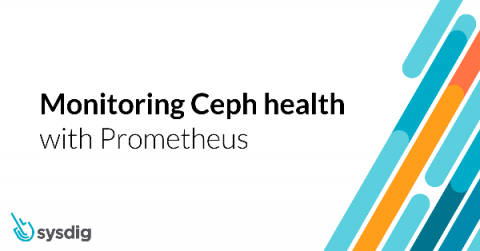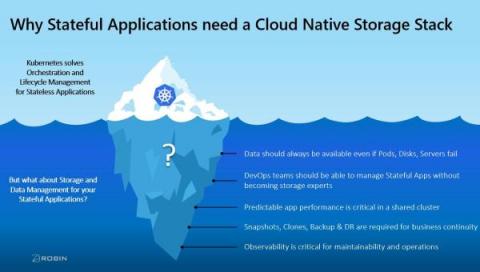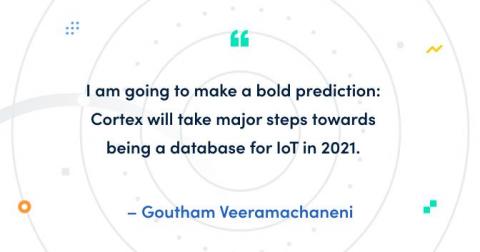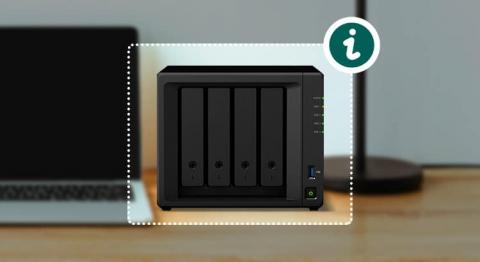Operations | Monitoring | ITSM | DevOps | Cloud
Storage
Monitoring Ceph health with Prometheus
Monitoring Ceph with Prometheus is straightforward since Ceph already exposes an endpoint with all of its metrics for Prometheus. In this article, we will put it all together to help you start monitoring your Ceph storage cluster and guide you through all the important metrics. Ceph offers a great solution for object-based storage to manage large amounts of data even on economical hardware. Besides, the Ceph Foundation is organized as a direct fund under the Linux Foundation.
Why Stateful Applications Need a Cloud-Native Storage Stack
Enterprises are increasingly moving their applications to containerized architectures (typically using Kubernetes, the most popular container orchestration platform in use today). They’re doing this to take advantage of the significant benefits containers provide—namely portability, flexibility, speed of deployment, DevOps agility and resource efficiency.
Deploying DB2 on IBM Cloud Pak For Data with Robin Cloud Native Storage
2021: The year of Cortex for IoT?
My Grafana Labs colleague RichiH recently talked about why IoT and time series databases work so well together. It just so happens that we have a highly scalable time series database on hand. Let’s talk about that. My name is Goutham, and I am a maintainer for Cortex. I have been working on it for nearly three years out of the four-and-a-half years the project has existed. Cortex is built to serve as a scalable, long-term store for Prometheus.
Modernizing database operations using Google Cloud Anthos and Robin Cloud Native Storage
Will Azure Blob Storage Rule the Unstructured Data Storage Space?
Do Edge Applications Need Stateful Storage?
Kubernetes applications are increasingly making their way to the edge and embedded computing. Storage will quickly follow as the applications that rely on this edge infrastructure become more advanced and naturally carry more state. According to a study by McKinsey and Company, a “connected car” processes up to 25GB of data per hour.
What is a NAS server and what is it for?
Storage devices for networking, or NAS servers are in good health. And no wonder, since we have increasingly more data to save and more need to use them from different locations. Traditionally, NAS servers have been considered a cheaper (and also more limited) alternative to other types of servers. However, NAS servers can also be used to carry out different tasks. But before we get into that, how about we find out more about what a NAS server is?
How we live-migrated massive Cortex clusters to blocks storage with zero impact to Grafana Cloud customers
January 20, 15:01 UTC. I was sitting in my home office, watching the screen and feeling a mix of emotion and nostalgia as a pod was getting terminated. We have thousands of pods, continuously starting and terminating, and I’m definitely not spending my days watching them, so why was this one special? The terminating ingester-0 pod was the very last Cortex ingester running on chunks storage in Grafana Labs’ infrastructure.











